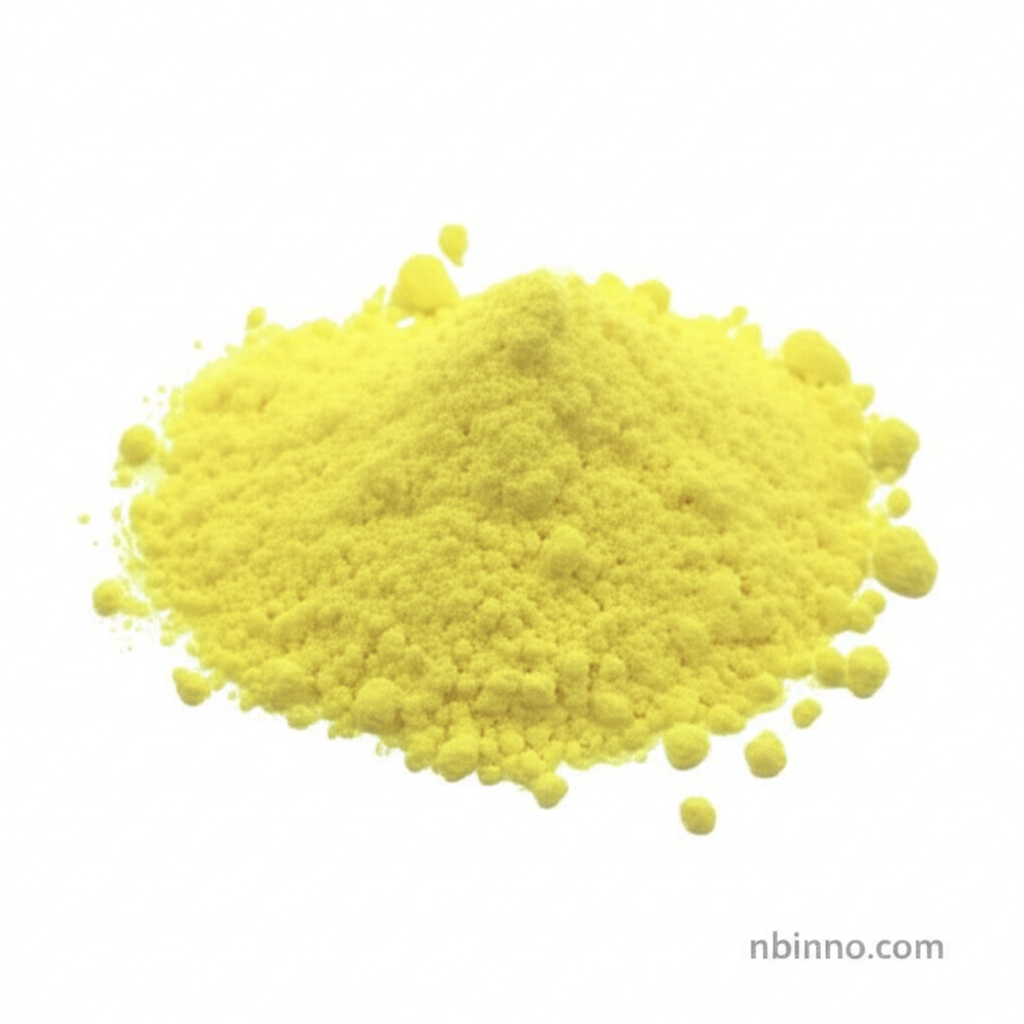4-Nitrophenyl 2-(trimethylsilyl)ethyl Carbonate: Your Key Reagent for Advanced Organic Synthesis and Peptide Chemistry
Discover the critical role of 4-Nitrophenyl 2-(trimethylsilyl)ethyl Carbonate in protecting amine groups, facilitating complex organic synthesis, and advancing peptide chemistry. As a leading supplier, we provide high-purity reagents essential for pharmaceutical development and research.
Get a Quote & SampleUnlock Precision in Your Synthesis with a Reliable Supplier

4-Nitrophenyl 2-(trimethylsilyl)ethyl Carbonate
As a premier manufacturer and supplier in China, we offer 4-Nitrophenyl 2-(trimethylsilyl)ethyl Carbonate, a vital silyl-protecting reagent. Its unique structure facilitates the TEOC protection of amine groups, crucial for complex organic synthesis and peptide assembly. Our commitment to quality ensures you receive a product with excellent purity, vital for successful research and development, making us a go-to source for those looking to buy this essential chemical.
- Optimize Amine Protection: Utilize this reagent for efficient amine protection, a cornerstone in multi-step organic synthesis and peptide chemistry.
- Achieve Selective Cleavage: Benefit from the TEOC group's selective removal via fluoride ions, allowing for precise control in complex synthetic routes.
- Source High Purity: Purchase with confidence from a trusted supplier offering 4-Nitrophenyl 2-(trimethylsilyl)ethyl Carbonate with high HPLC purity (≥98%).
- Enhance Synthesis Efficiency: Integrate this compound into your workflow for improved outcomes in pharmaceutical intermediate synthesis and material science applications.
Key Advantages for Your Research and Production
Superior Amine Protection
4-Nitrophenyl 2-(trimethylsilyl)ethyl Carbonate acts as an effective protecting group for amines, safeguarding them during demanding synthetic steps. This protection is paramount for achieving high yields and purity in complex organic synthesis, a critical factor when sourcing chemical intermediates.
Orthogonal Deprotection Strategy
The TEOC protecting group, introduced by this reagent, can be selectively cleaved by fluoride ions. This orthogonal deprotection capability is invaluable for researchers aiming to develop intricate molecular architectures, making it a sought-after reagent for advanced synthetic chemists.
Facilitates Peptide Synthesis
In the realm of peptide chemistry, this compound is essential for protecting amino groups, enabling the controlled assembly of peptide chains. Sourcing high-quality reagents like ours ensures the integrity and success of your peptide synthesis projects.
Broad Applications Across Chemical Disciplines
Organic Synthesis
As a versatile reagent, it is integral to many organic synthesis pathways, including the preparation of kottamide E, supporting intricate molecular construction and the pursuit of novel compounds.
Pharmaceutical Development
This compound is a critical intermediate in the synthesis of bioactive molecules and pharmaceutical compounds, contributing significantly to drug discovery and development efforts.
Analytical Chemistry
Its utility extends to analytical applications as a derivatizing agent, enhancing the detectability and quantification of target analytes in various laboratory settings.
Material Science
It serves as a starting material for advanced materials, contributing to the formulation of polymers and coatings with improved functional properties and durability.
